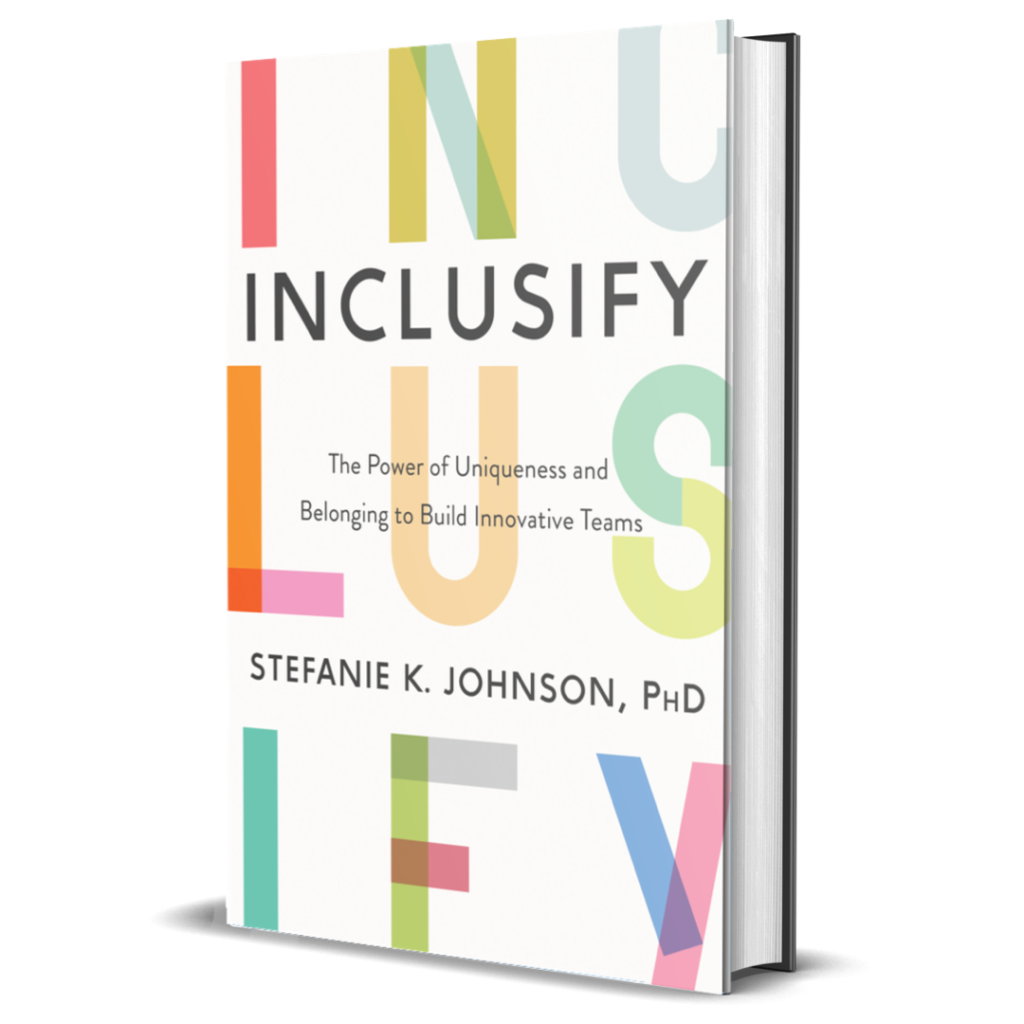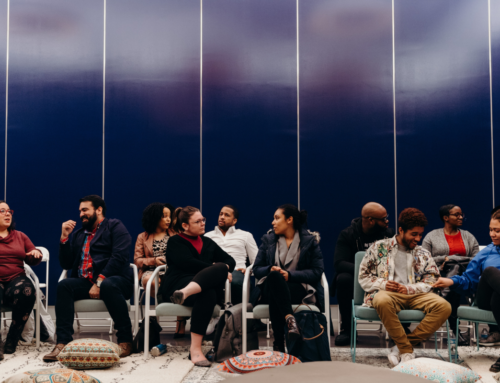The first thing I want people to understand is that we all have biases, it’s in our human nature. Having biases does not make us terrible people, as long as we don’t act on them and let them affect our behavior.
You process about 11 million pieces of information in a given second but are conscious of only about 40 of them. The rest all occur outside of your awareness so your brain forms lots of quick, heuristic associations.
You can differentiate unconscious biases from sexist or racist attitudes in that they usually occur outside of one’s conscious awareness and are associative (“nurses are often women”) rather than evaluative (“women are incompetent”) That is really all unconscious bias is: paired associations in your mind.
Secret: We have unconscious biases about pretty much everything.
When we think of a secretary, we think of a woman. When we think of a CEO, we picture a white man. Why? Because most secretaries are women and most CEOs are white guys.

Only 19 Fortune 500 companies are headed by minorities, and only 24 are headed by women. White men are 31% of the U.S population yet they are 95% of CEOs. So your brain thinks, even if you won’t admit it, that white men are better CEOs.
And that’s the problem with prototypes because what we see becomes what we expect and ultimately affects our decisions like who to promote.
To help put you on the path to overcoming your biases, I have created the ABC’S of Breaking Bias, also featured in my new book Inclusify: The Power of Uniqueness and Belonging to Build Innovative Teams (Chapter 2)

A – Admit it. A lot of organizations focus on being gender or color blind and research shows that has the opposite as intended and actually cause you to make more gender and racially biased decisions. So, if we don’t admit we have biases, they’re just going to affect our behavior even more.
B – Block it. (Identity) blocking procedures have consistently shown, through research, to be extremely effective at the early interview and application steps. An example of this is the work I did at the Hubble Space Telescope where women are being evaluated less than their male counterparts. We scrubbed the names of project proposals and women actually ended up outperforming the men which had never happened before thus proving there was gender bias.
C – Count it. Any organizational initiative that improves company performance, impacts bottom-line outcomes, the company’s going to set targets and measure their success. And the benefit of having a goal is you can measure your progress towards it.
S – Support it. When women and minorities engage in diversity valuing behavior, they are actually seen as less competent and less effective, yet the same is not true for white men. This is why everyone in the organization, from top executives to middle management, needs to be supportive and working together to achieve goals.
The ABC’S are focused on how to bring in more diversity though selection and recruitment.
However, you have to understand that diversity alone is not enough.
To leverage the benefits that diversity brings, it must be paired with inclusion. You have to help your employees feel valued for their individuality but also feel like part of the team.
In my new book Inclusify, I guide you through exactly how to do this with practical, actionable steps to help your diverse teams feel engaged, empowered, accepted, and valued.
Only then can most innovate and creative solutions arise, essential to bottom-line outcomes such as higher returns on assets, improved company performance, and higher profitability, to name a few.
Now what to do after you bring in diverse talent through selection and recruitment? Read the DEF’S of Creating Diversity & Inclusion Here
If you’re ready to start your Inclusifyer journey today, order your copy of Inclusify here.









Leave A Comment